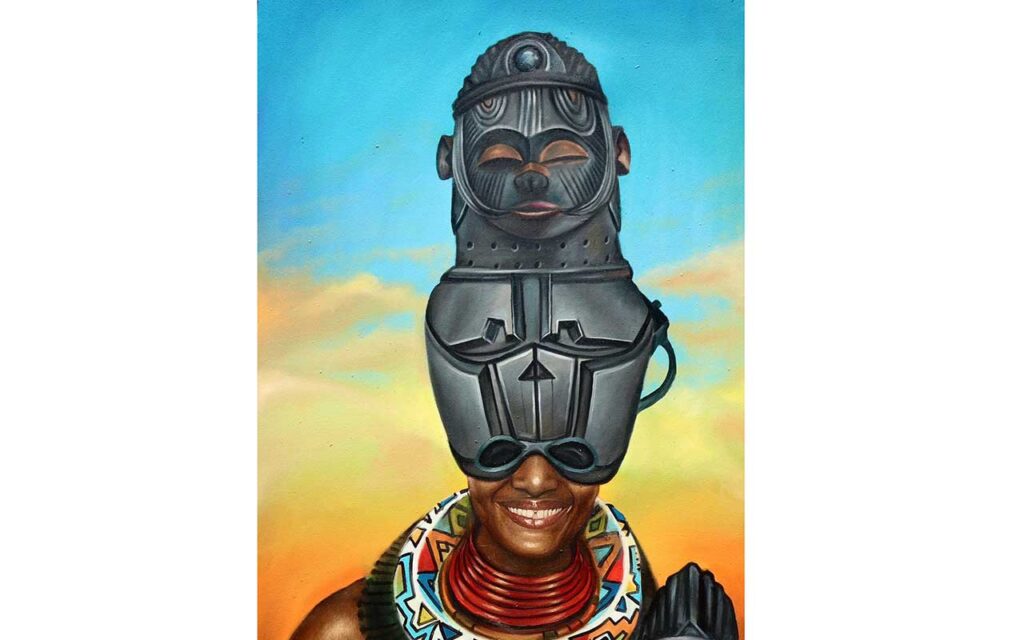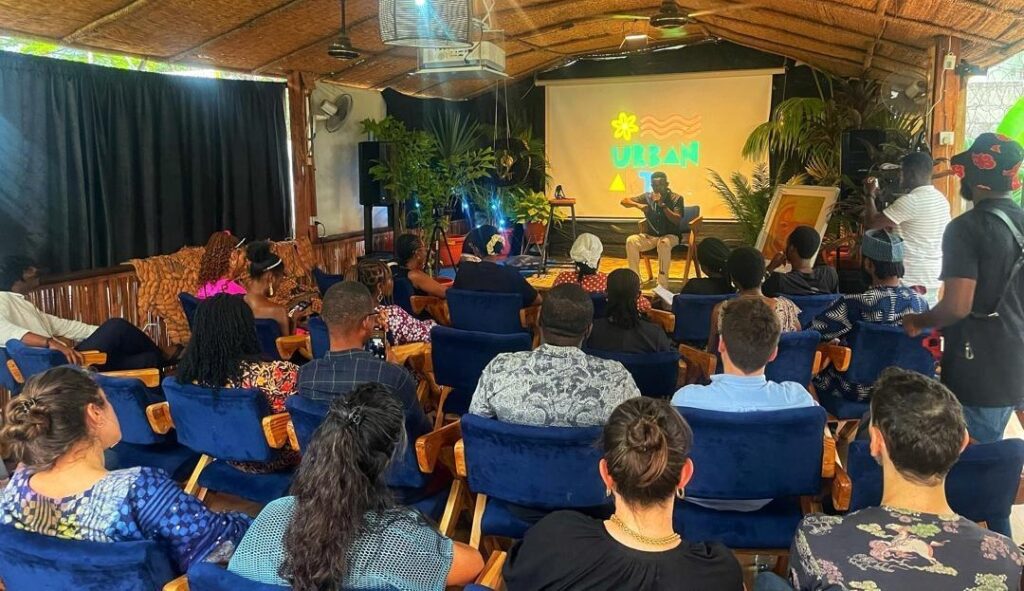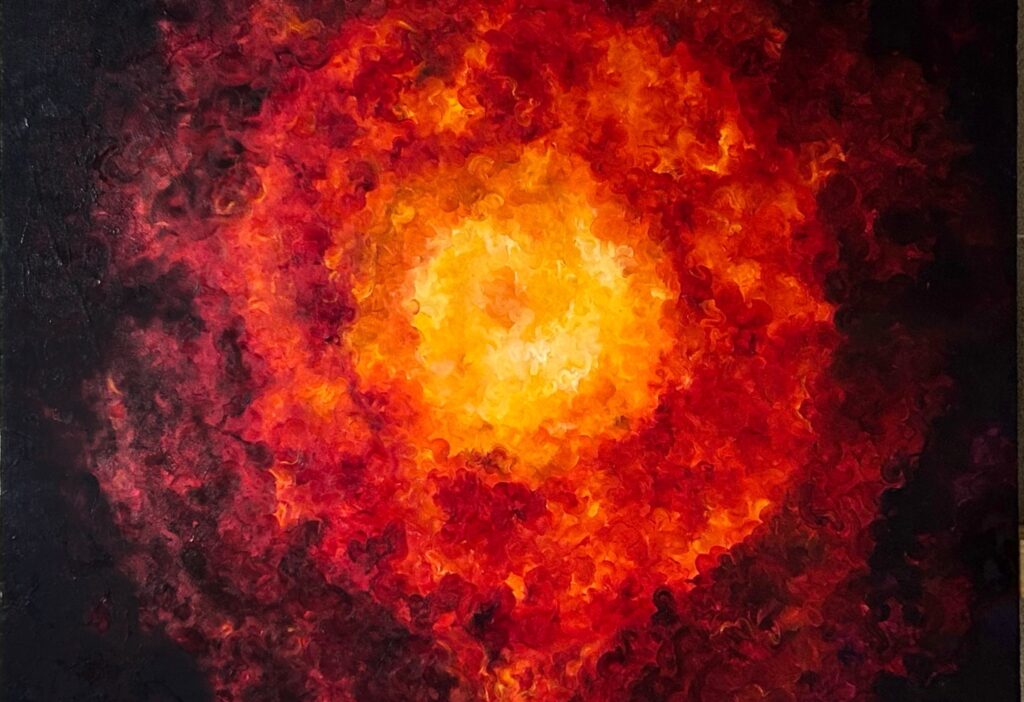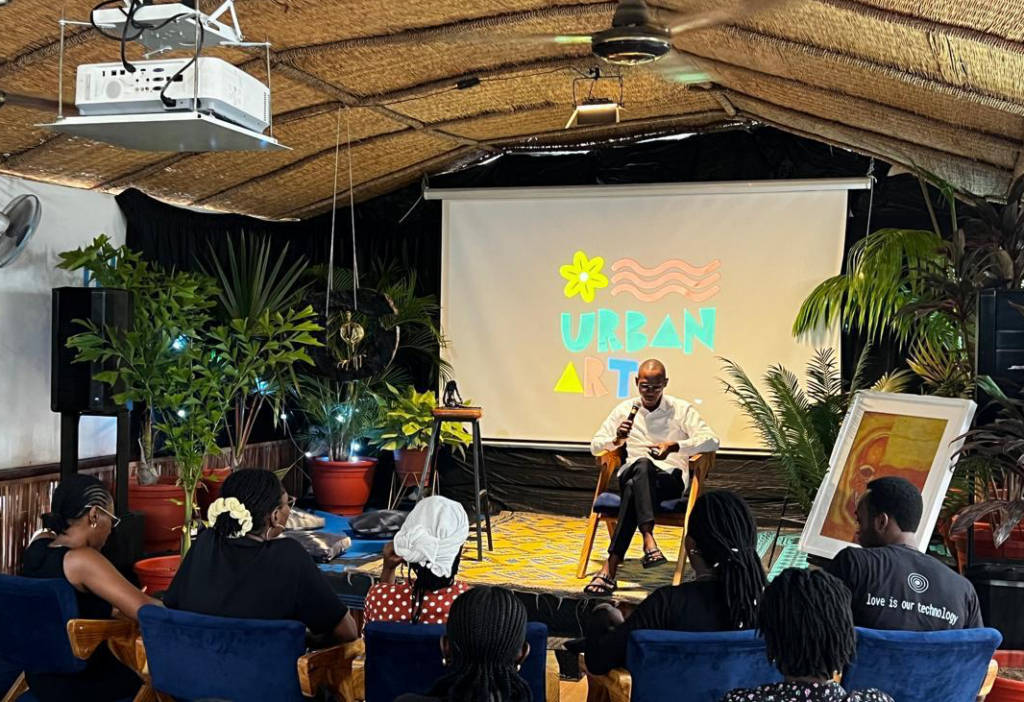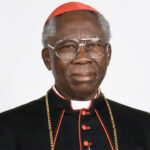
After another year marked by extremes weather conditions, globally, from unprecedented heat waves in Europe that saw airport runways buckle to catastrophic flooding in Pakistan and Nigeria, which left a third of the country underwater and nearly 2,000 dead, the environment faces serious threats.
On July 19, 2022, the UK experienced a taste of the weather to come. Temperatures reached 40.3 degrees Celsius—soaring past the previous record by more than one-and-a-half degrees. Fires destroyed dozens of homes in east London, while in the some other places in the country; the heat pushed the power grid close to the point of failure. The Office for National Statistics estimates that there were more than 2,800 excess deaths among over-65s during the summer heat waves of 2022, making it the deadliest year for heat since 2003.
Flood-related catastrophes have increased by 134 per cent since 2000, compared with the two previous decades, the World Meteorological Organisation (WMO) said. As a 2021 report from the Intergovernmental Panel on Climate Change (IPCC) underscores, rising global temperatures are dramatically affecting the water cycle, making floods and droughts more extreme and frequent.
When Alexis Galleries, in partnership with The Bricon Foundation, opened its show, The Uprising, yesterday, climate change was one of the dominant themes.
Last year, the gallery also hosted Recycled Matter, a group exhibition of exploratory works that took vivid look at materiality and the environment. The show examined issues originating from the local, but connected with vital global conversation: between human beings and their environment.
In The Uprising, King Ereso and Blaise Vernyuy present works that rouse deep thoughts and emotions. “Both had their retrospective shows in the gallery last year and they are exhibiting again with philosophical viewpoints that are influenced by their personal experiences,” the gallery said in a statement to unveil the exhibition.
Blaise’s revolution involves the creation of colourful mosaic such as, acrylic paintings on canvas. The images he paints explore relationships between humans: their interaction groups or as individuals. He also examines relationship with the environment (the earth) as home and dueling place. These relationships are not always ideal. He explains there are consequences for inappropriate relationship.
In The Uprising, he examines themes on climate change and global warming, environment, socio-political themes, economy, race, migration and refugee crises, gender, religion, war, terrorism and commentary on current events and more.
For Blaise, it is how human beings treat the environment that has led to the global problems mankind faces. He joins the renowned African poet, Professor Niyi Osundare, as a climate soldier. Last year, Osundare unveiled his new collection of poetry, Green: Sighs of an Ailing Planet, a critical pastoral of poems concerning the environment around the world.
Through the work, Osundare had called for a synergy among artistes, activists and policy makers in the battle against eco-degradation, an act that currently contributes to global warming, earthquakes, hurricanes, water and air pollution, wildlife extinction and many other ailments such as asthma.
Blaise believes: “Climate disasters keep happening all over the globe and all we hear is: It is impossible for us to get a sharp transition to renewable energies. Look, we can’t do gradual. Lives are already being lost, properties/ means of livelihood destroyed, people are already being displaced in large numbers, habitats lost, species at risk and the list continues. What then are we waiting for? Now that fossil fuels have failed us, can we now let renewables do the job?” He sees decarbonisation as essential, considering that “the globe keeps warming, and the glaciers are melting more than ever before.”
In his Transit To Renewable Energy (150x120cm), he insists the transition to renewable energy is not a matter of the future. “It is a now thing. When we hear floods devastating earth and people dying in large numbers, droughts in the Horn of Africa, hurricanes, rising global temperatures, melting glaciers, rising sea levels and heat waves, do we still think mankind has time?”
Each year, human activities release more carbon dioxide into the atmosphere than natural processes can remove, causing the amount of carbon dioxide in the atmosphere to increase.
The global average carbon dioxide set a new record high in 2021: 414.72 parts per million. The yearly rate of increase in atmospheric carbon dioxide over the past 60 years is about 100 times faster than previous natural increases.
When political leaders met in Glasgow in November 2021, many of them brought new and improved plans to reduce their carbon emissions. The focus of the meeting was to try to improve the pledges so that global temperatures this century don’t rise by more than 1.5C above the levels recorded in the middle of the 19th Century.
If all the pledges made by countries are implemented “in full and on time”, temperatures would rise by 1.9-2C. During the gathering in Glasgow, researchers carried out rapid analyses of the new pledges and promises. They all indicated these new plans would reduce the rise in global temperatures that the world is experiencing. However, there is far grimmer news on the idea of keeping warming under 1.5C, as there is just a 6-10 per cent chance of staying under this key threshold.
The most recent UN climate summit (COP27) brought mixed results for adaptation and left many disappointed. On one hand, COP27 achieved an historic breakthrough, with wealthy nations agreeing to establish a fund to support vulnerable countries in responding to losses and damages caused by climate change. On the other, despite adaptation being a central focus of the summit, key decisions on finance and implementation fell short of expectations.
The gallery notes, “we believe in promoting and giving both established and upcoming artists chance to showcase their works, express themselves, their style and continue to support them, not only getting their works exhibited in our space, but also grow their careers and position ourselves through platforms that shape and imitate conversation on happenings in our immediate and distant environment.”
BORN in Kumbo Village, North West Grass Field area of Cameroun, in 1993, drawing and creating toys were the favourite activities of the young Blaise. He experimented with colours throughout primary, secondary and university education.
His high school education was science inclined. After high school, he became a mathematics teacher and simultaneously did a four-year study in the arts (2012 to 2015) under Brazilian Arts Professor, Paulo Lemos, who also doubled as a missionary stationed in Cameroun for six years.
He went ahead to get a Bachelor’s degree in Visual Arts /Arts History (2017 to 2020) graduating as the best student in his university.
After his university studies, he focused on the creative side of his career by creating works in a studio he had started while under diploma studies in his home town Bamenda.
He moved to the southwest coastal area of Limbe and set up a studio in 2021. His medium of expression is acrylic on canvas in which he employs masks, symbolic elements from African culture, geometric patterns, figurines, lines, colours, and sometimes, textures in the synthesis of images that he describes as ‘Afro Abstract Figurative paintings’.
HAVING grown up with art influence from his father and siblings, Ereso’s love for art grew tremendously. This love fueled his passion to earn a Bachelor of Arts degree from the University of Nigeria, Nsukka.
According to the show’s curator, Ike Sandra, “Ereso steps into the art market with the determination to share stories of his journey, experiences and adventures. He does this by expressing himself in deliberate and calculated exploration of materials. As much as his imagination is vividly utilized in his creation, fashion remains an important element. This manifests in his usage of fabric and brand materials on his youthful subjects.”
Ike continues, “another interesting element in King’s work is the way he raises the curiosity of the viewer with a golden circular patch on one eye of his subjects. This patch is a call to look within and realize our inner strength, abilities, skills and power. This situates self-awareness as a backbone of his practice.”
A versatile artist who is comfortable with his expression in diverse media for a vibrant expressive creativity, Ereso works capture the beauty in physical expression, self-realisation, emotions, fashion and his journey to self-discovery.
The Lagos based artist who’s works frequently resonates with deep appreciation for hope, dreams, epiphany, realisation and strength. In this exhibition, he continues his R.E.D (Realising Every Dream) series, which is focused on different moments of his personal experiences and he utilises the red colour to signify resilience, hope, strength and self-awareness.
Pepsi, Tiger, Indomie, Mikano, The Guardian, Navi, Haier Thermocool, U.P.S, Aina Blankson, Cobranet, Art Cafe, Wazobia TV, Nigeria Info FM and Rentokil Boecker sponsor the show.

